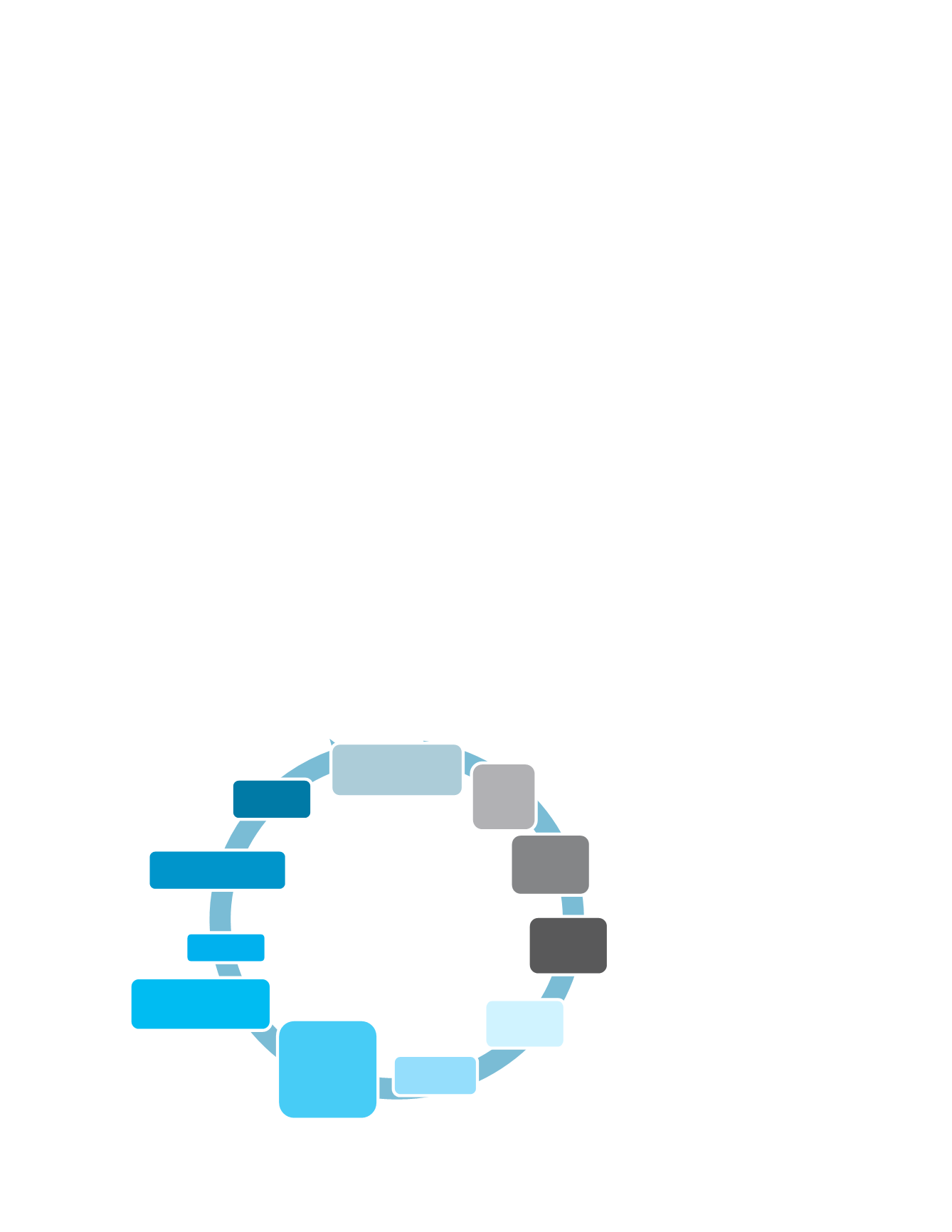
Dairy-based Livelihoods
79
The livestock development programme
implimented by the BAIF is unique. It is
the largest programme implemented by
an NGO in India in terms of geographi-
cal spread, number of families involved,
integration of development, extension and
applied research and also a duration span-
ning four decades. Increasing demand for
milk and a large number of low productive
bovine population owned by the weaker
sections of the society have been the com-
pelling factors for expansion of BAIF’s dairy
development programme while demonstrat-
ing its feasibility to policy makers. Analysis
of field data shows achieving the goal of
creation of livelihood asset that can generate
self-employment and increase income of the
rural poor. Changes were gradually made
into the programme by taking up indigenous
cows and buffaloes to extend the benefits to
a larger numbers of households, particularly
those living in fragile areas. Linking live-
stock development with development of
natural resources improves feed resources.
Facilitating the involvement of people and
empowering themtomanage the activities on
their own has ensured sustainability.
Case study 4.2: Hand in Hand
,
Tamil Nadu
Hand in Hand took grant support from
Nederlandse Financierings-Maatschappij
voor OntwikkelingslandenN.V. (FMO) and
NABARD for developing the value chain.
The following support services were designed
for the dairy livelihoods of members inTamil
Nadu so that there was positive impact on
incomes and asset base of the households
(Figure 4.3).
•
Credit facilitation
: Women were keen
to buy cross-bred animals but since
these were expensive and loans from
SHGs were insufficient, they often bor-
rowedmoney frommoneylenders-cum-
milk-traders who normally charged
exorbitant rates of interest. Interested
women formed activity- based groups
and provided credit support.
•
Insurance cover
: Women had or
heard about others having bad
experiences in dealing with insurance
companies. However, looking at the
high cost of animals, it was desirous
of procuring insurance cover. Hand in
Figure 4.3:
Sequencing of activities
Source:
Hand in Hand.
Credit
Access
from
Bank
Member
Identi cation-Hamlet
level
Formation
of PC and
Dairy
Federation
Training &
Capacity
Building
Animal
Purchase-
Support
Livestock
Insurance
Cattle Health
Care Services
(A.I/
Deworming
Vaccination)
Fodder and
Feed Development
(CO
4
, Azolla, Feed)
Market Tie-up
Establishing
Institutional Linkages
M & E


